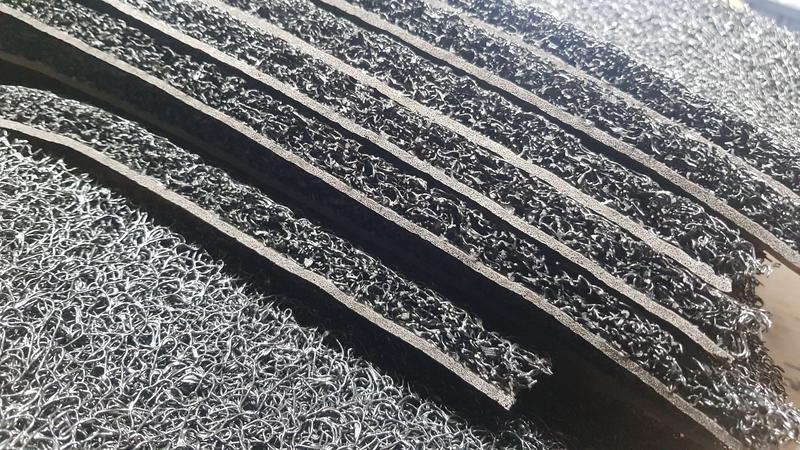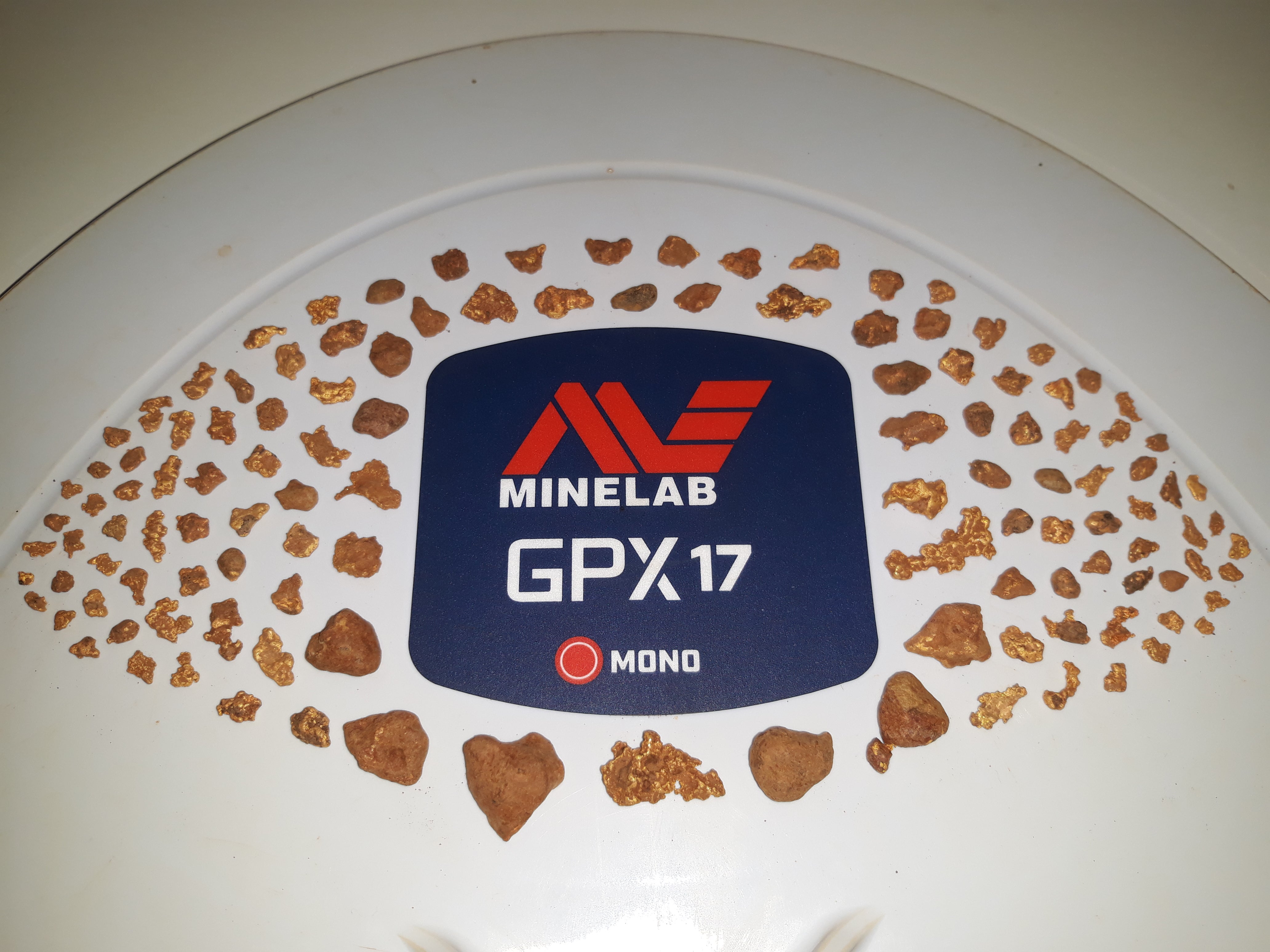News
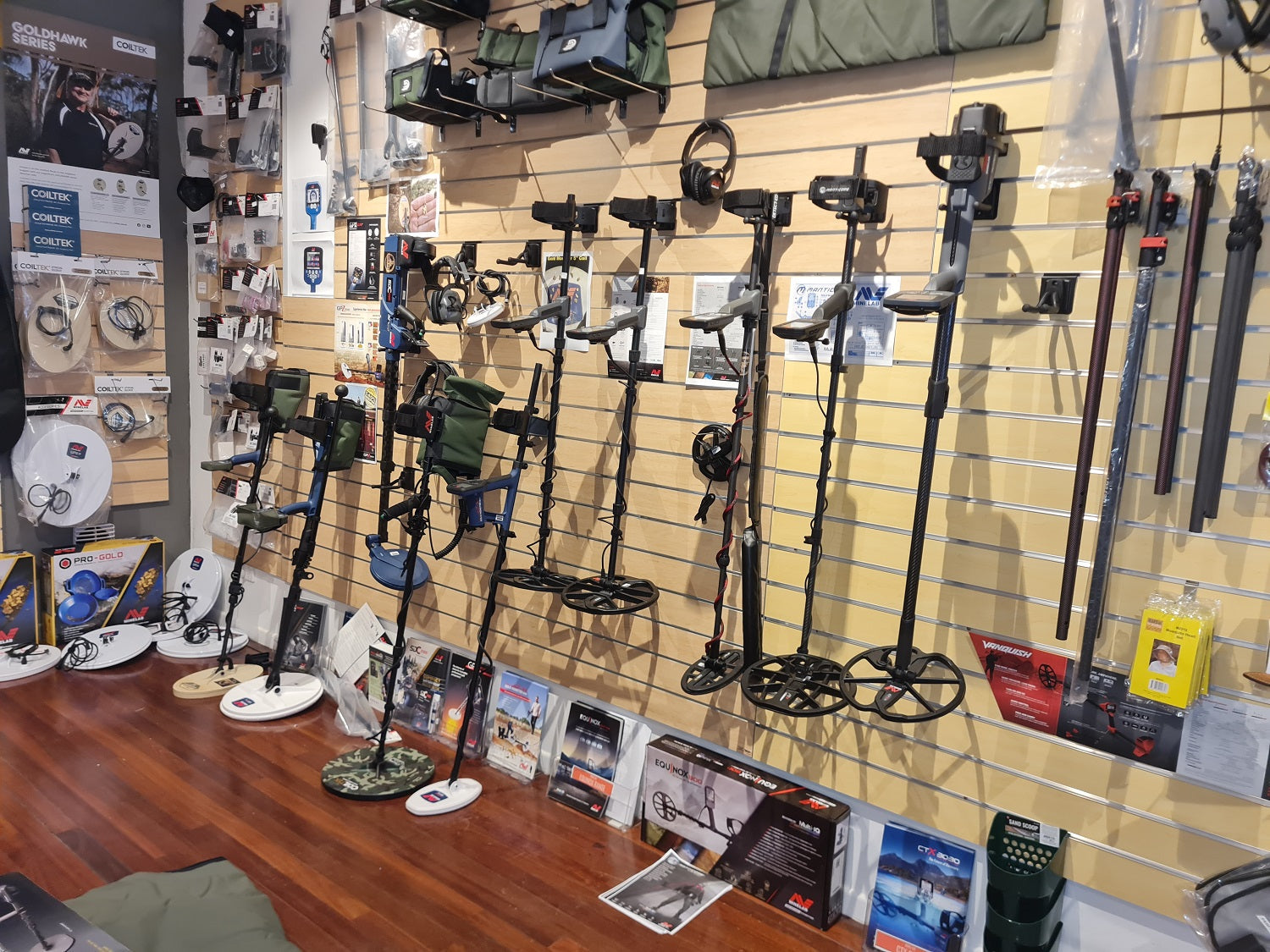
Choosing the right Metal Detector
GPX 6000 SPEAKER AUDIO
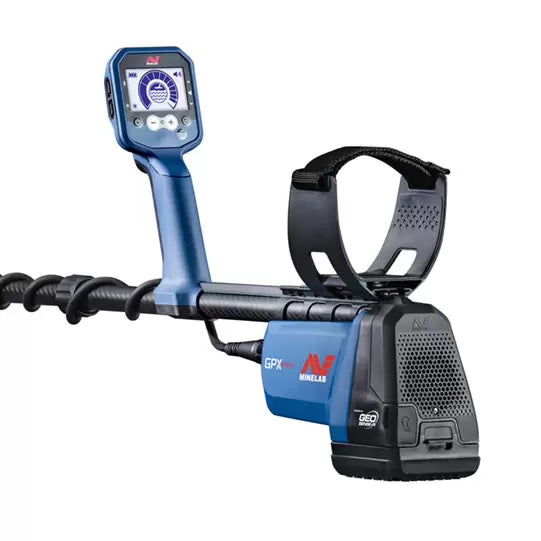
GPX 6000 Speaker Use
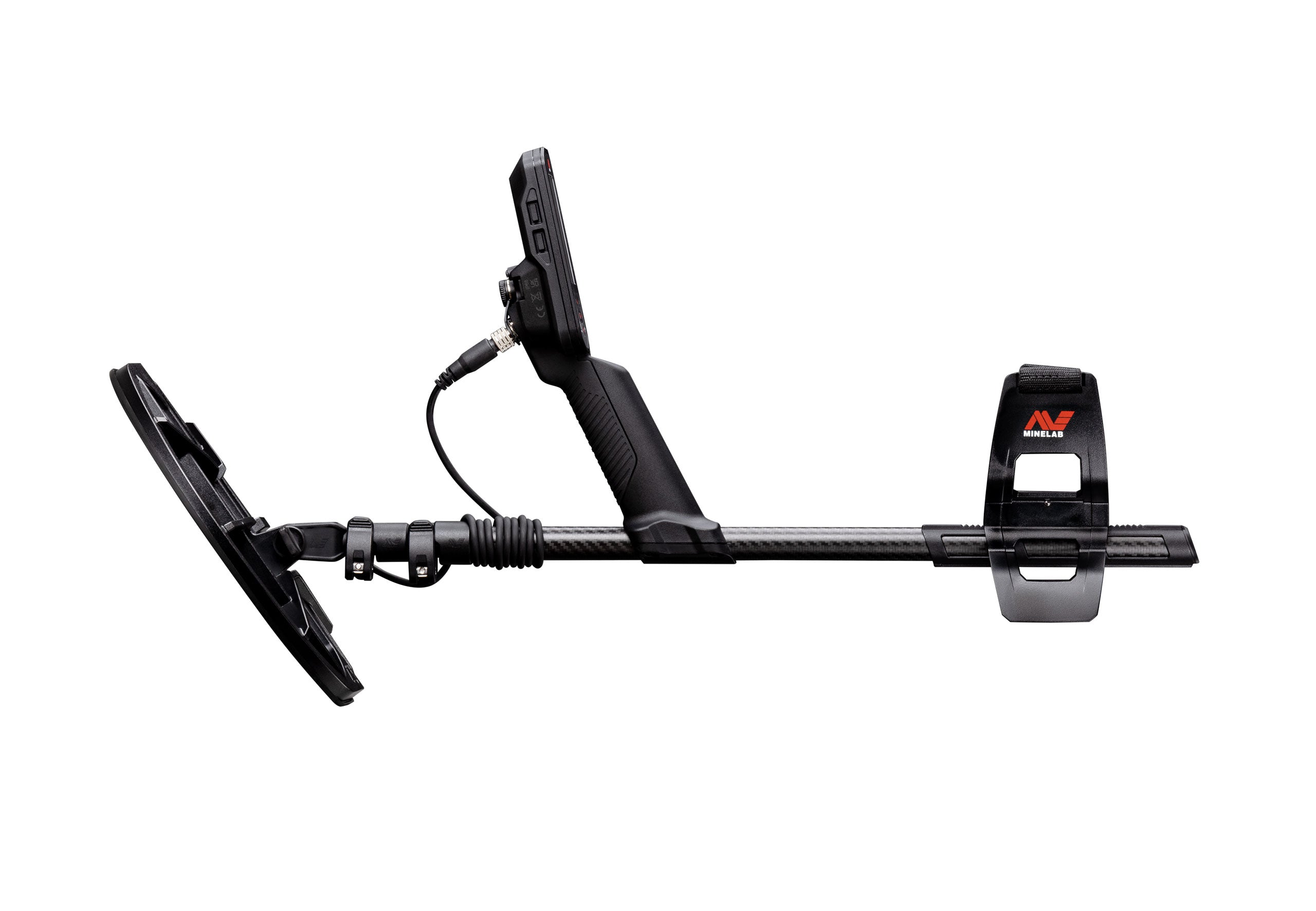
Minelab Manticore discussion
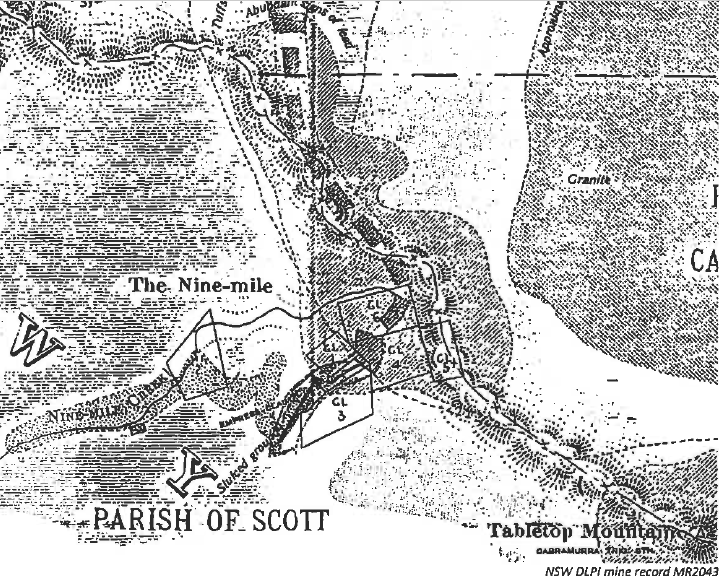
Nine Mile Diggings Kiandra Goldfield
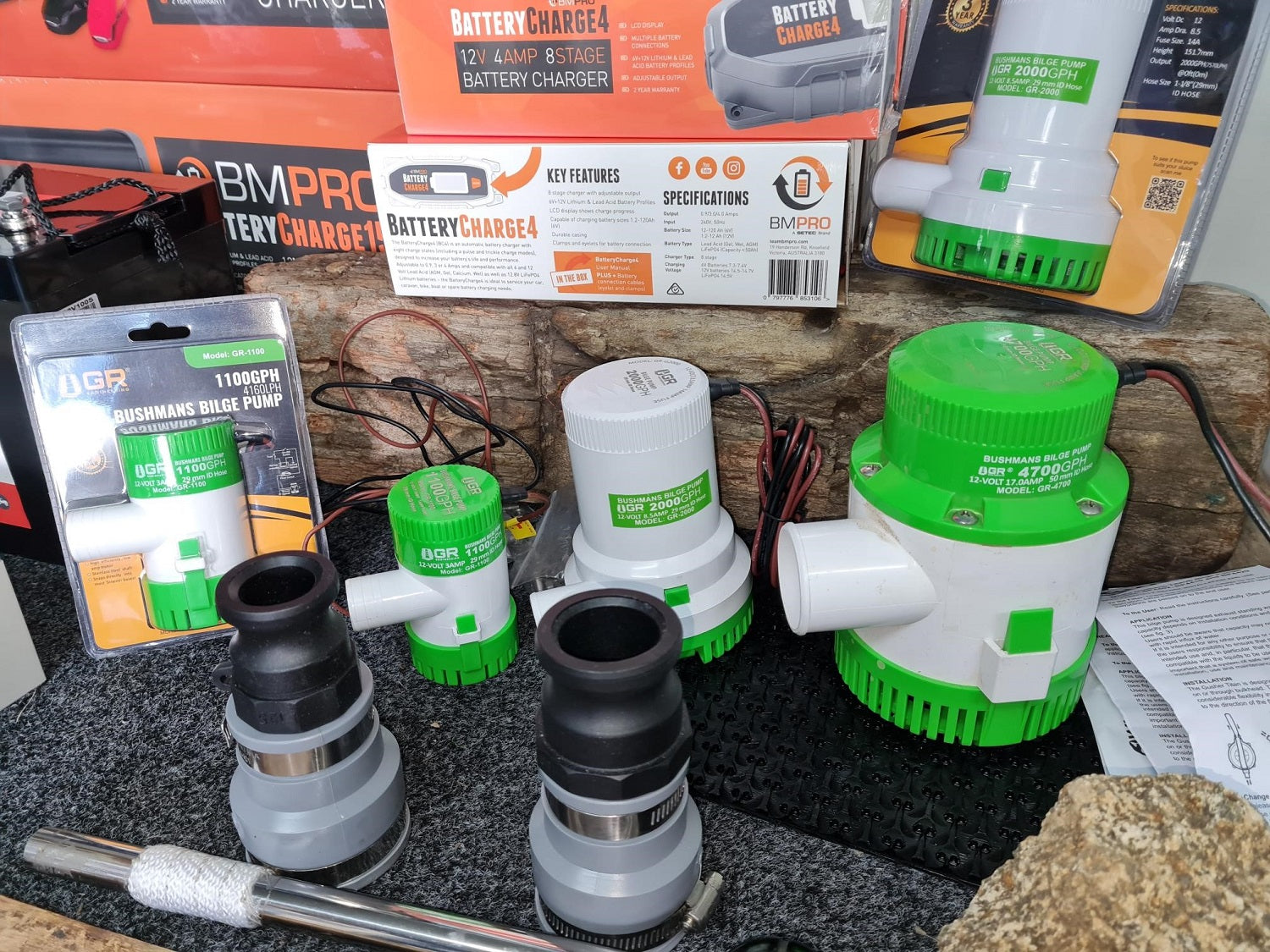
Gold Rat Bilge Pumps
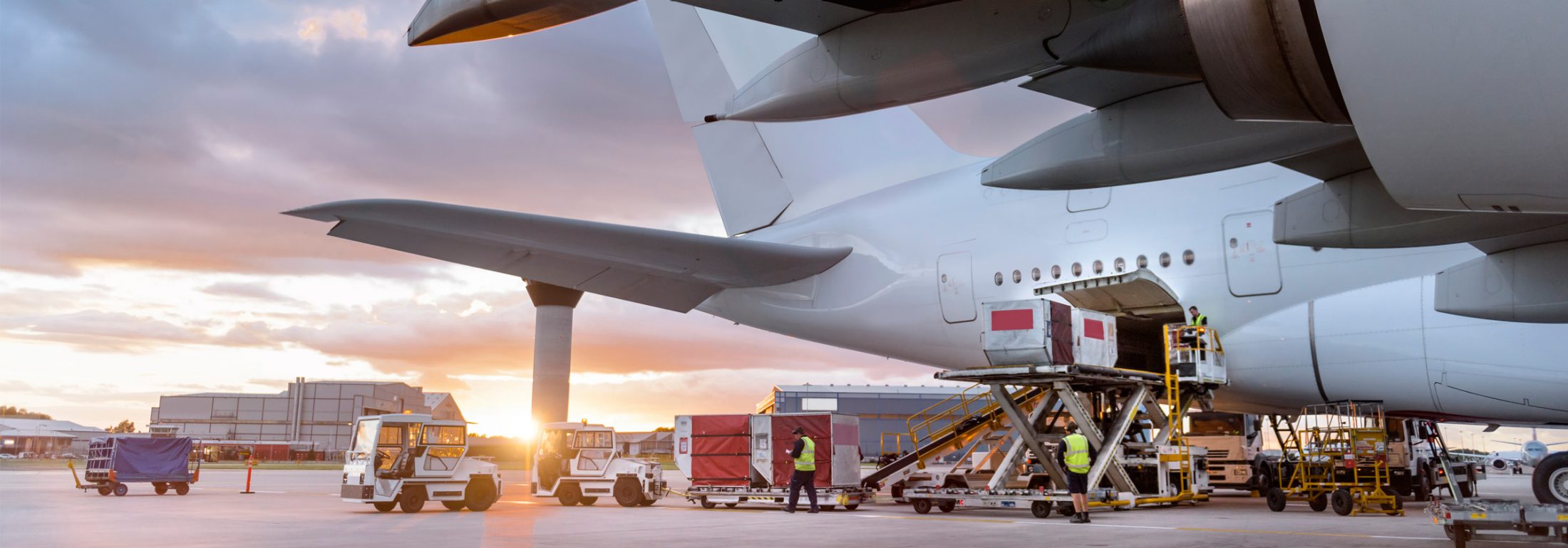
Corona Virus updates and Delays for your gold sluices
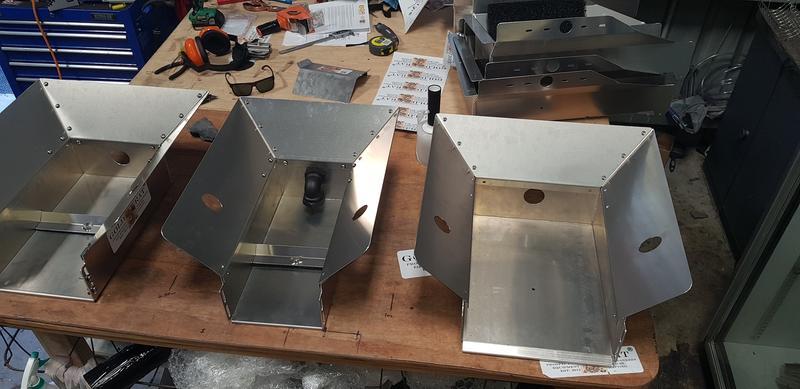
Modular Sluices - Gold rat Range
Gold Rat - Highbanker designs
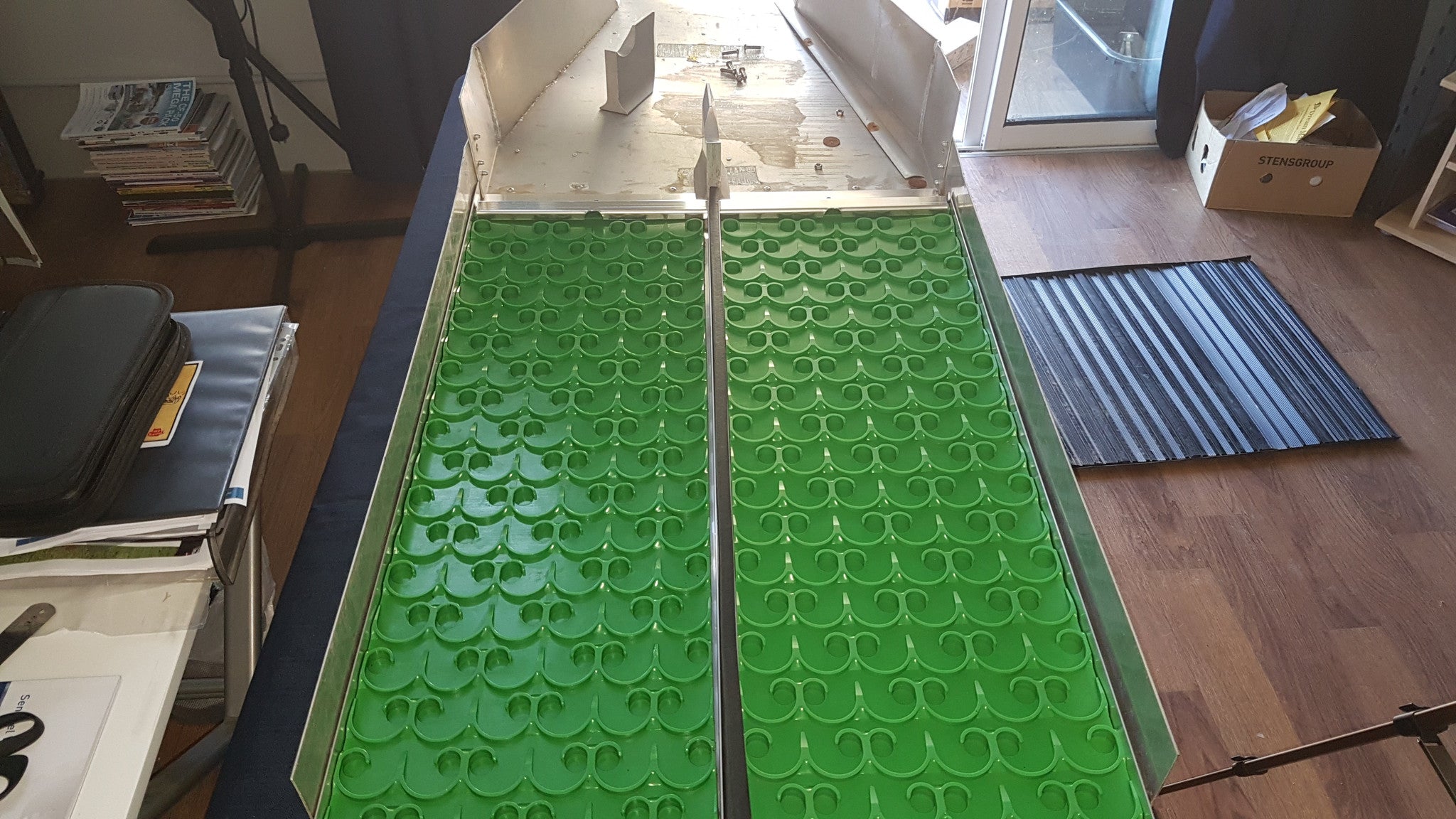
Gold Hog to Dream Mat conversion
New Minelab GPZ 7000 Detector Video
Highbanker Flare test Australia day 2015
Drywasher Counterbalance efficiency
Using a Sluice Box 101
